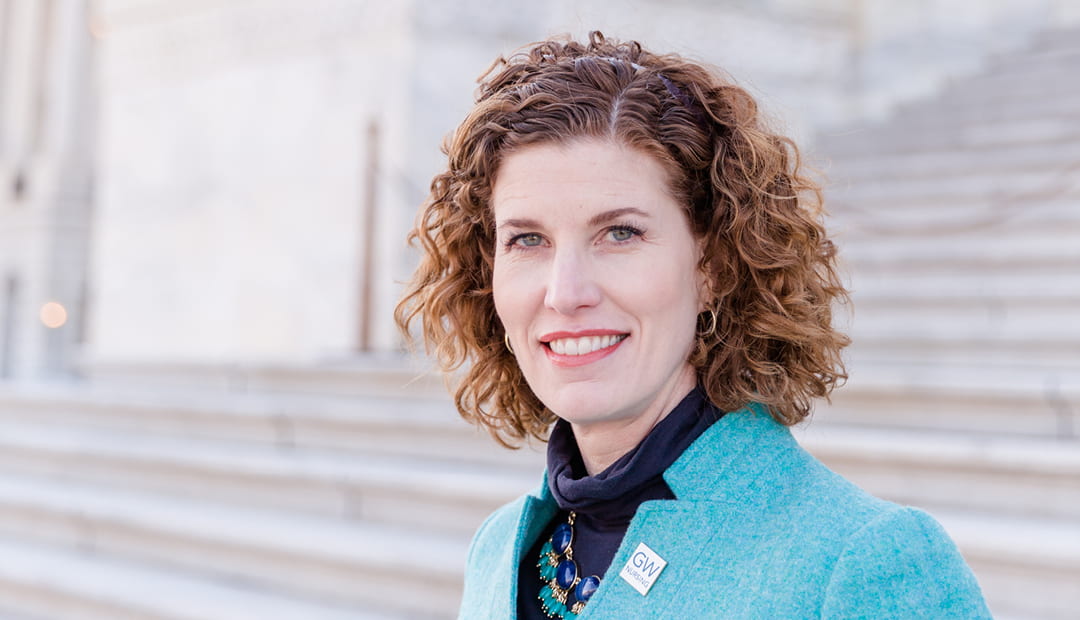AUTHOR MELISSA BATCHELOR
On Dec. 31, 2018, the president signed into law Building Our Largest Dementia (BOLD) Infrastructure for Alzheimer’s Act, bringing much needed attention to the needs of over 5.7 million Americans living with Alzheimer’s disease and related dementias.
I served on the Senate’s Special Committee for Aging in the office of the chair, Sen. Susan Collins (R-Maine), during my Health and Aging Policy Fellowship in 2018. A large part of the work I did for the senator and Aging Committee focused on Alzheimer’s disease and working to get the BOLD Infrastructure for Alzheimer’s legislation passed in the 115th Congress.
More than 5 million Americans over the age of 65 are living with Alzheimer’s and that number is expected to triple by 2050. Of the top 10 leading causes of death for older adults, Alzheimer’s is the only one that cannot be prevented, slowed down or treated.
The number of deaths from Alzheimer’s increased 145 percent between 2000 and 2019, while deaths from other diseases, such as heart disease and cancer, decreased in that time frame. The cost of unpaid family caregiving is estimated at over $232 billion and more than 18 billion hours.
While we wait for a cure, those with the disease will need care. All types of dementia are essentially “brain failure,” and providing care requires a unique set of skills. Our communities and families do not have these skills in today’s society, and the BOLD Infrastructure for Alzheimer’s Act seeks to address this.
Headed by the Centers for Disease Control and Prevention (CDC), the BOLD Infrastructure for Alzheimer’s Act will establish Centers of Excellence to implement the CDC’s Healthy Brain Initiative through state and national partnerships.
Most caregivers are friends and family members, and their lives are negatively impacted by the financial, emotional and physical cost of caring for someone with dementia. The Centers of Excellence will promote public education on early detection and diagnosis. By supporting early detection, the BOLD Infrastructure for Alzheimer’s Act allows persons living with the disease and their caregivers more time to plan and prepare their health care and end-of-life strategies.
As the BOLD Infrastructure for Alzheimer’s Act moves into the implementation phase, the work will be accomplished through cooperative agreements among public, private and nonprofit organizations. The CDC’s proposed action plan has one goal to monitor prevalence rates across the country. Data grants will improve the analysis of data collected on Alzheimer’s caregivers, and will illuminate health disparities at the state and national levels.
We know that Alzheimer’s disease is on track to be the costliest condition in our nation’s history and is the most under-recognized threat to public health in modern times. The BOLD Act is among the first to draw attention to the enormous burden this disease brings. There are things we know to do that help, and we need to get that information out to the public to minimize the impact Alzheimer’s has on our families, communities and the nation.

